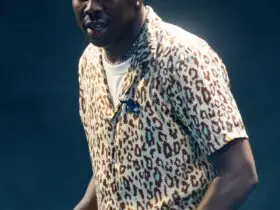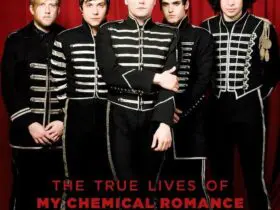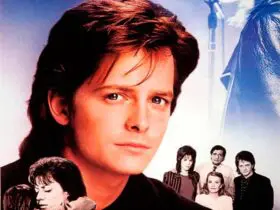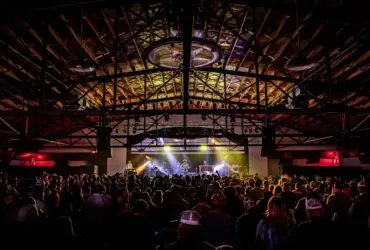A deep dive into the latest music trends
Exploring the evolution of modern music
In the ever-evolving landscape of the music industry, artists continuously push boundaries, creating sounds that resonate with audiences worldwide. This article delves into the latest trends, offering a comprehensive analysis of the artists, albums, and songs that are shaping the current musical era.
The rise of genre-blending
One of the most notable trends in recent years is the blending of genres. Artists are no longer confined to a single musical style; instead, they are merging elements from various genres to create unique and innovative sounds. This fusion not only broadens their audience but also enriches the musical experience.
Case study: Billie Eilish
A prime example of this trend is Billie Eilish. Her music seamlessly combines pop, electronic, and alternative elements, resulting in a distinctive sound that has captivated millions. Eilish’s ability to transcend traditional genre boundaries has earned her critical acclaim and a dedicated fan base.
The impact of technology on music production
Advancements in technology have revolutionized the way music is produced, distributed, and consumed. From sophisticated software that allows for intricate sound design to streaming platforms that make music accessible to a global audience, technology plays a pivotal role in the modern music industry.
In-depth analysis: Digital audio workstations (DAWs)
Digital Audio Workstations (DAWs) like Ableton Live and Logic Pro X have become essential tools for music producers. These platforms offer a plethora of features, including virtual instruments, effects, and mixing capabilities, enabling artists to create high-quality music from their home studios. The accessibility of DAWs has democratized music production, allowing emerging artists to produce professional-grade tracks without the need for expensive studio time.
The resurgence of vinyl records
Despite the dominance of digital music, vinyl records have made a remarkable comeback. This resurgence can be attributed to a growing appreciation for the tangible and nostalgic aspects of vinyl, as well as the superior sound quality that many audiophiles prefer.
Industry insights: Vinyl sales statistics
Recent industry reports indicate a significant increase in vinyl sales, with many record stores experiencing a surge in demand. This trend is not limited to older generations; younger listeners are also embracing vinyl, drawn by its retro appeal and the unique listening experience it offers.
The influence of social media on music promotion
Social media platforms have become powerful tools for music promotion, allowing artists to connect with their audience in unprecedented ways. From Instagram and TikTok to YouTube and Twitter, these platforms offer a direct line of communication between artists and fans.
Case study: Lil Nas X
Lil Nas X leveraged social media to catapult his career to new heights. His breakout hit ”Old Town Road” went viral on TikTok, leading to widespread recognition and chart-topping success. This case exemplifies how social media can serve as a launchpad for emerging artists, providing them with a platform to showcase their talent and reach a global audience.
The role of live performances in the digital age
While digital music consumption continues to rise, live performances remain a crucial aspect of the music industry. Concerts and festivals offer fans an immersive experience, allowing them to connect with their favorite artists on a personal level.
Expert opinion: The future of live music
Industry experts predict that live performances will continue to thrive, with a growing emphasis on hybrid events that combine in-person and virtual elements. This approach not only expands the reach of live shows but also provides fans with flexible options to enjoy their favorite music.
Conclusion
The music industry is in a constant state of flux, driven by technological advancements, evolving consumer preferences, and innovative artistic expressions. By embracing these changes, artists can continue to create impactful music that resonates with audiences around the world. Whether through genre-blending, leveraging social media, or exploring new production techniques, the future of music promises to be as dynamic and diverse as ever.
















